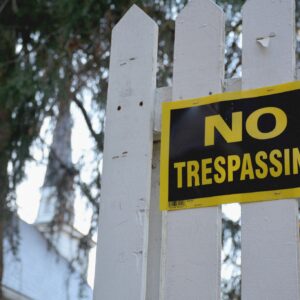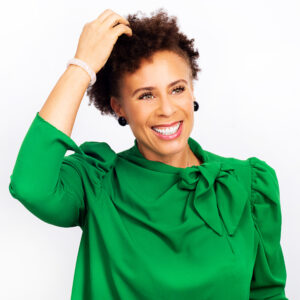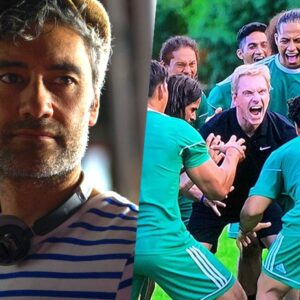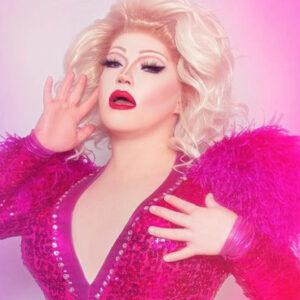
Sculptor, Mason and Stone Artisan Solomon King was commissioned to create the turtle sculpture that will be placed at the centre of the indigenous healing garden outside of Toronto City Hall.
The turtle represents the land and clans of many bloodlines of indigenous people. Used for the basis of the sculpture, the depicted turtle climbing over a boulder represents the struggles experienced by residential school survivors and their continued resilience. While the tiles on the back of the turtle will represent the different nations and clans within the province.
King, an Anishinaabe artist from the Neyaashiinigmiing unceded territory alongside the Bruce Peninsula, will be finalizing the permanent sculpture in the near future from his studio.
Titled “Restoring our Identity,” the sculpture was planned to be full of symbolism, which King hopes will incite viewers of the work to ask questions.
“We wanted to incorporate certain things into this sculpture like the Seven Grandfather Teachings,” said King. “So as you walk up the ramp we have seven footprints of the turtle which represents those seven teachings. That’s just one way I incorporated the teachings.”
“As an artist what I had to do was take the [committee’s] ideas and figure out what I can bring into this sculpture and leave out, because you don’t want to carve something literal, you want to leave questions for the viewer. So when somebody comes up to a sculpture they don’t want to read about what it’s about, they want to ask questions. ‘Like why are there seven footprints leading up to the turtle? Allow them to take some initiative and learn.”
King explained that learning and educating was also a part of the sculptures purpose.
He came into being commissioned to carve after a previous work of his, which was a relief stone sculpture in the shape of an eagle, allowed the organizers of the IRSS Celebration to see his handiwork and select him.
For the project, King noted 25 tonnes of Indiana grey limestone was ordered and ten pieces sit in his studio currently with the final sculpture planned to be 10 tonnes by itself.
“It’s going to be chisel finished, so I’m going to put air chisels onto it and then hand chisels and those will help finish it. So the finished sculpture will have a chisel-patina finish,” he explained. “What happens when you run a chisel over an open stone like that is it actually closes the pores and it creates a smooth patina layer on the outside. That’s why you can get really sharp points and get details with it.”
King took into consideration the fact that the piece will be outside and took steps to ensure that the body of the piece will be durable and allow for water run-off during rain.
But seeing the sculpture in person is what does the shadows and highlights of the pale stone justice, as King explained that he carves using depth and shadow, not just shape and profile.
“I’ve developed my own style over the years and what I’ve been doing is stylizing my sculptures to really convey what I like to work with, so light and shadow and the sun and the natural environment,” he said. “It’s like a 3D painting.”
The sculpture itself was commissioned in response to the Truth and Reconciliation Commission’s Call to Action 82, which called upon provincial and territorial governments to commission residential school monuments within each capital city to honour survivors and children who were lost to their families and communities.
This makes the sculpture a part of a country-wide effort.












Thank you Solomon for your important work. It will help all to commemorate the strength and fortitude of residential school survivors. This square really needed the natural beauty your turtle conveys.